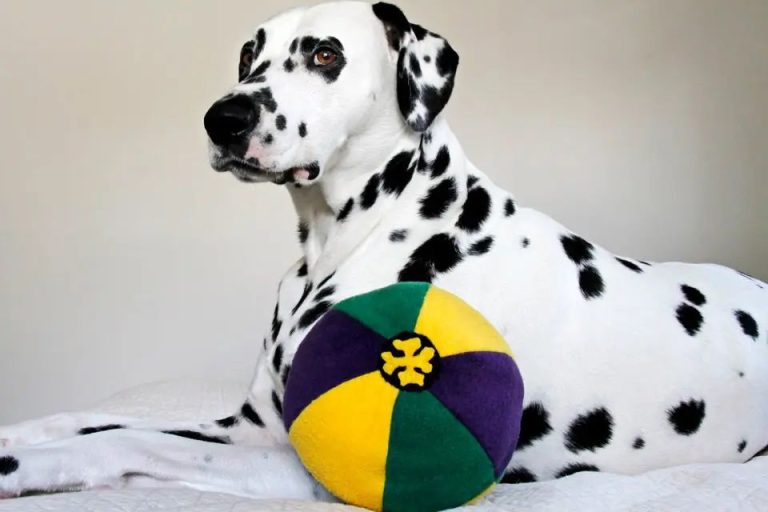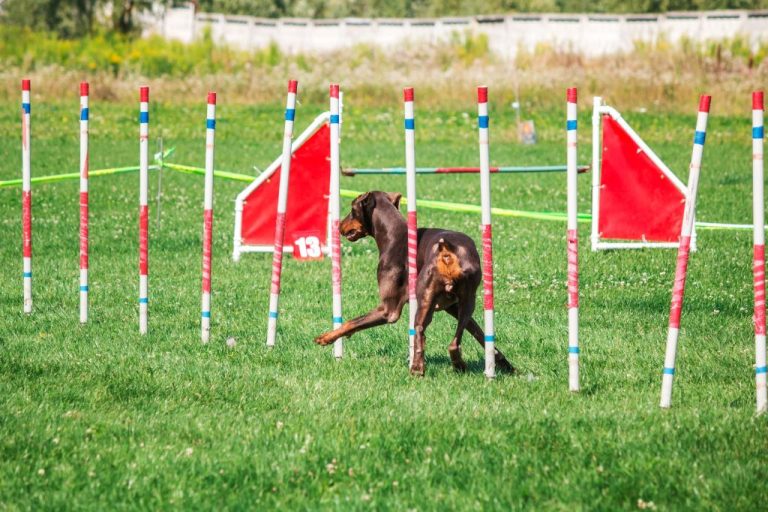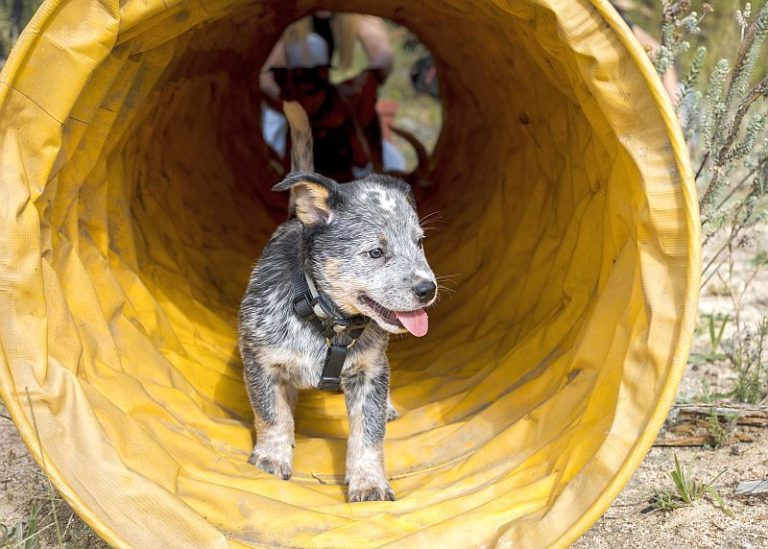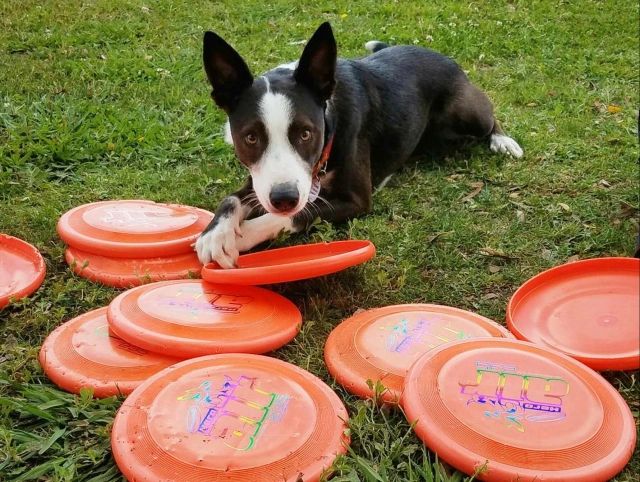Diy Backyard Water Park For Dogs
Backyard water parks for dogs have become increasingly popular in recent years. They provide a fun way for dogs to exercise, cool off, and enjoy outdoor summer activities right at home. The appeal lies in creating an enriching environment where dogs can splash, swim, and play to their heart’s content. Dogs naturally love water, so a backyard water park allows them to channel their energy into healthy activity. It also serves as a bonding experience for both dogs and their owners.
Some key benefits of backyard water parks for dogs include:
– Providing dogs a place to swim and cool down, especially in hot weather
– Giving dogs plenty of exercise as they run and play in the water
– Creating enjoyable stimulation and enrichment for dogs
– Allowing dogs to socialize and play together
– Strengthening the bond between dogs and their owners
– Offering dogs mental stimulation through water-related games and toys
– Providing dogs a secure outdoor space right at home to enjoy water activities
Overall, DIY backyard water parks cater to dogs’ love of water while offering an engaging summertime outlet that supports their health and happiness.
Safety Precautions
When building a backyard water park for dogs, it’s important to take safety precautions to protect your pets. Here are some tips:
Fence off the area from roads or other dangers. Use secure fencing that dogs can’t dig under or jump over to keep them safely contained in the water area. Supervise dogs at all times when they are using the water features. Don’t leave them unattended.
Ensure water is clean and free of chemicals, debris, parasites, and bacteria that could make dogs sick. Empty plastic pools and rinse thoroughly after each use. Allow chlorinated water to sit 24-48 hours before allowing dog access so chlorine can dissipate. Use a water filtration system for natural ponds or streams. Rinse dogs off after swimming per WebMD.
Check water temperature to make sure it’s safe – not too cold or hot. Provide shade. Have fresh drinking water available. Remove flea and tick collars before swimming per Kanine Social.
Supervise dogs closely if swimming in natural bodies of water which may contain dangerous wildlife, currents, or undertows per Preventive Vet. Consider using a doggy life jacket for safety.
Pool Options
When selecting a pool for your dog’s backyard water park, there are several options to consider including kiddie pools, stock tanks, and plastic pond liners (The Best Dog Pools of 2024 – Reviewed).
Kiddie pools are a popular choice as they are inexpensive, easy to set up and take down, and provide a safe, shallow area for dogs to splash and play (The Best Dog Swimming Pools That Can Hold Up …). Look for durable models made of tough PVC or heavy duty vinyl that can withstand dog nails and rough play. Many kiddie pools are 2-3 feet deep.
For a larger pool, consider a livestock watering tank or stock tank. These can range from 100-300 gallons and are made of heavy duty materials like galvanized steel. Stock tanks allow even large dogs to fully immerse themselves while swimming (Dog Swimming Pool). Look for anti-rust coatings and non-slip bottoms.
Plastic pond liners transform any hole or depression into a pond. Liners come in a range of sizes and materials like PVC and polyethylene. Consider reinforced liners resistant to punctures. These customizable pools allow you to create unique shapes and depths perfect for water fun (Dog Swimming Pool).
Water Features
Creating fun water features will keep your dogs entertained for hours during the hot summer months. Some popular options include:
Sprinklers – Installing a sprinkler system allows you to set up spray patterns and timers to surprise and delight your pups. Look for sprinklers designed not to clog from dog fur and debris.
Water cannons – Mounted water cannons that randomly spray water give dogs an exciting element of surprise. Position them along a path or around obstacles for splashy fun. Choose durable cannons made for pets.
Hose spraying station – A designated hose station provides on-demand fun anytime. Use sturdy mounts and hose guides to control the spray. This is an easy DIY option using standard utility hooks.
Small waterfalls – Mini waterfalls made from plastic or concrete are aesthetically pleasing while providing flowing sheets of water for dogs to play in. Consider solar powered pumps for energy efficiency.
When selecting water features, make sure they are equipped with automatic shut-off valves. Position features in shaded areas and where dogs naturally congregate or play. Proper drainage is also key.
Landscaping
Having the appropriate landscaping is crucial for creating an enjoyable space for dogs to play and socialize. Be sure to consider the following key elements when planning out your dog water park’s landscape:
Grass/turf area – This will be the main play space for dogs to run around. Go with a hardy turf grass blend that can withstand high traffic. Zoysia and Bermuda grasses are good options. Make sure the area has good drainage to avoid muddy messes.
Gravel drainage areas – Incorporate gravel trenches along the perimeter and in standing water areas to improve drainage. Use pea gravel or larger stones so they don’t get stuck in paws. The gravel also gives dogs different textures to walk on.
Shaded rest areas – Provide shade so dogs have a place to cool off. Use trees, shade structures, or umbrellas. Deciduous trees are great since they allow sun in winter and shade in summer. Place benches under shade areas for pet parents.
Accessories
There are several must-have accessories to create a fun and safe backyard water park for dogs, including:
Ramps allow dogs easy access in and out of pools. Ramps should have textured, non-slip surfaces and sturdy railings for stability 1. Gentle sloping ramps work best.

Water toys add enrichment. Floating toys, balls, and frisbees encourage play and exercise. Toys should be durable and sized appropriately for dogs to carry and fetch 2.
Life jackets provide flotation assistance for dogs who are not strong swimmers. Choose life jackets with handles to aid lifting dogs out of water and quick release buckles for safety 3.
Cleaning and Maintenance
To keep your DIY backyard water park clean, safe, and enjoyable for your dog, daily maintenance and cleaning is a must. Here are some tips:
Perform daily skimming and filtering of the water to remove any debris or dirt. Use a skimmer net or pool vacuum designed for pets. Check the filter and clean it out as needed. According to Chewy, you may need to empty and rinse inflatable pools daily.
To maintain water quality, do a partial water change once or twice a week, replacing 25-50% of the water. Use a water testing kit to check pH and chlorine levels. Keep chlorine at 3-5 ppm. Drain and fully replace the water every 2-4 weeks.
Watch for algae growth and treat with an algaecide if needed. Scrub the pool walls and floor regularly. Rinse toys, accessories, and landscaping to remove slobber and dirt buildup.
In winter, drain and store inflatable pools. For permanent installations, use a pool cover. Continue checking chemistry and filtering on warmer days when dogs may use the water park.
With proper maintenance, your DIY dog water park can stay clean and safe all season long for endless summer fun.
Year-Round Use
To get the most enjoyment from your DIY dog water park, consider how to adapt it for use year-round. This will allow your pooch to stay cool and entertained regardless of the season.
For winter months, look into heating options to keep the water warm enough for swimming and playing. Safe water heaters designed for pools and spas can maintain a comfortable temperature (Indoor Dog Splash Park). Just be sure to monitor the water temperature.
Providing shelters and shade elements will allow your dog to get relief from the sun in summer and stay dry during rainy weather. You can build a permanent shelter or set up temporary options as needed. Having an indoor space connected to the yard is also useful for particularly hot, cold, or stormy days.
To bring the water fun inside, install an indoor sprinkler system or splash pad. This will keep your dog active on cold or rainy days when the outdoor park can’t be used. Look for pet-safe sprinkler heads and surfaces that are easy to clean (12 Dawg water parks ideas – Pinterest).
Cost Breakdown
The cost of building your own backyard dog water park can vary greatly depending on the size, features, and DIY vs professional installation. Here are some general budget ranges:
For a small DIY splash pad using a plastic kiddie pool and basic fixtures, expect to spend $50-$150. With basic DIY materials like hoses, sprinklers, pads, and cheap pools, you could spend $100-$300.
For a medium-sized setup with a quality dog pool, pumped fixtures, landscaping, and accessories, expect to spend $800-$2,000 on DIY materials. Professionally installed small to medium backyard dog parks average $2,000-$5,000.
Large, elaborate DIY dog water parks with multiple pools, spray features, and landscaping can cost $2,500-$5,000. Professionally installed high-end backyard dog parks with premium features and materials often range from $5,000-$15,000.
Enjoyment for Dogs and Owners
Backyard water features can create an enriching environment for dogs. According to Rover, water play provides dogs with a fun form of exercise and mental stimulation. The article notes that splashing around strengthens muscles and joints while allowing pups to release energy. Additionally, these water activities can relieve stress and boredom.
Installing a DIY doggy water park also presents opportunities to strengthen the bond between owners and pets. Playing together in water is a great way to spend quality time together. As explained by Rover, the shared enjoyment of water play can bring owners and dogs closer. A home water area becomes a space for fun interactions like fetching toys, splashing, and swimming.





